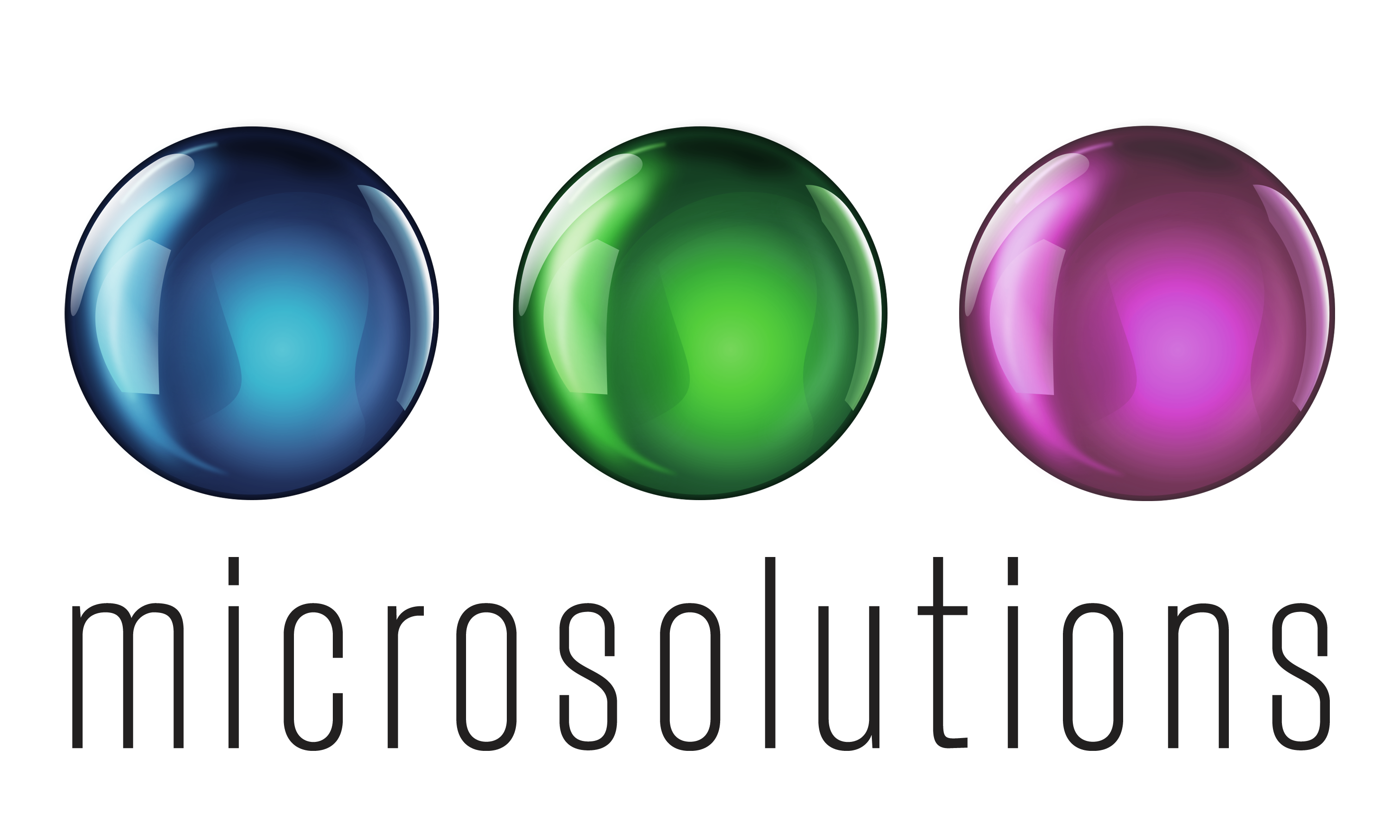The purpose of microencapsulation is usually defined by the permeability of the membrane, which is carefully selected to suit different systems and demands.
Slow release membrane
The core is released from the capsule over a longer period of time. The release time depends on the membrane type, the thickness and other characteristics and can vary from a few days to several months. The active ingredients can be water- or solvent-based. Applications with such a membrane include fragrances, pesticides, essential oils, cannabinoids and reactive chemicals.
Impermeable membrane
The core material is encapsulated inside the capsules, completely separated and protected against environmental effects. The purpose of such encapsulation is to ensure complete isolation from the environment. This solution is especially useful for phase change materials (PCM) that can be used in the textile and building industries.
Smart membrane
The core is released in certain circumstances (due to mechanical forces, osmotic pressure, temperature increase...). One example is a microencapsulated fragrance that operates on the “scratch
and sniff” principle, another example is the release of the active substance in the event of damage to the membrane shell (e.g., self- healing coatings), or situations where the active substance is not released before the system (e.g. coating) is finally applied.
